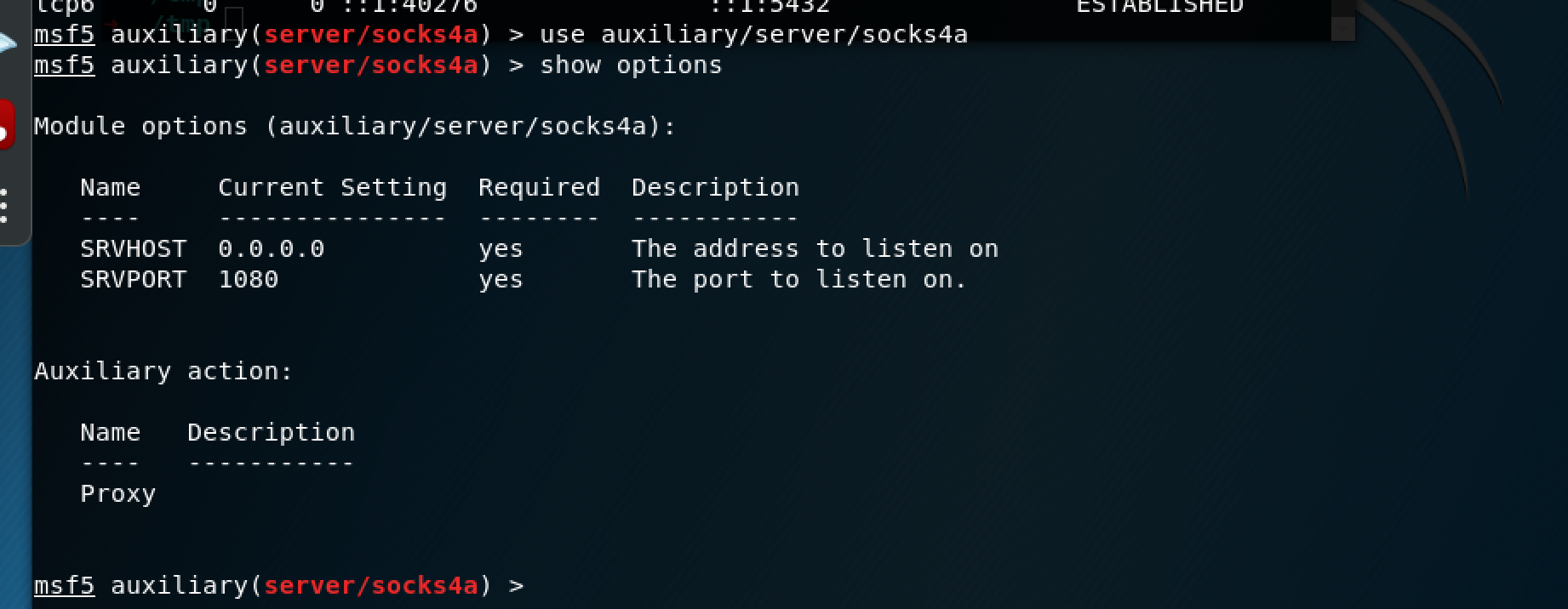
- #Upload exploit suggester to local how to#
- #Upload exploit suggester to local install#
- #Upload exploit suggester to local update#
The Microsoft Security Bulletin Data Excel file has not been updated since Q1 2017, so later operating systems and vulnerabilities cannot be detected. This is because Microsoft replaced the Microsoft Security Bulletin Data Excel file on which GDSSecurity's Windows-Exploit-Suggester is fully dependent, by the MSRC API. I developed WES-NG because while GDSSecurity's Windows-Exploit-Suggester worked excellently for operating systems in the Windows XP and Windows Vista era, GDSSecurity's Windows-Exploit-Suggester does not work for operating systems like Windows 11 and vulnerabilities published in recent years. csv file which is compressed and hosted in this GitHub repository. NIST National Vulnerability Database (NVD): Complement vulnerabilities with Exploit-DB links.
#Upload exploit suggester to local update#

This GitHub repository regularly updates the database of vulnerabilities, so running wes.py with the -update parameter gets the latest version.

#Upload exploit suggester to local how to#
Additionally, make sure to check the Eliminating false positives page at the Wiki on how to interpret the results.įor an overview of all available parameters for both missingpatches.vbs and wes.py, check CMDLINE.md.

Obtain the latest database of vulnerabilities by executing the command wes.py -update.
#Upload exploit suggester to local install#
Download WES-NG using pip install wesng or using the following commandline: git clone -depth 1.Every Windows OS between Windows XP and Windows 11, including their Windows Server counterparts, is supported.Īt the BITSADMIN blog an in-depth article on WES-NG is available: Windows Security Updates for Hackers. WES-NG is a tool based on the output of Windows' systeminfo utility which provides the list of vulnerabilities the OS is vulnerable to, including any exploits for these vulnerabilities. Windows Exploit Suggester - Next Generation (WES-NG)


 0 kommentar(er)
0 kommentar(er)
